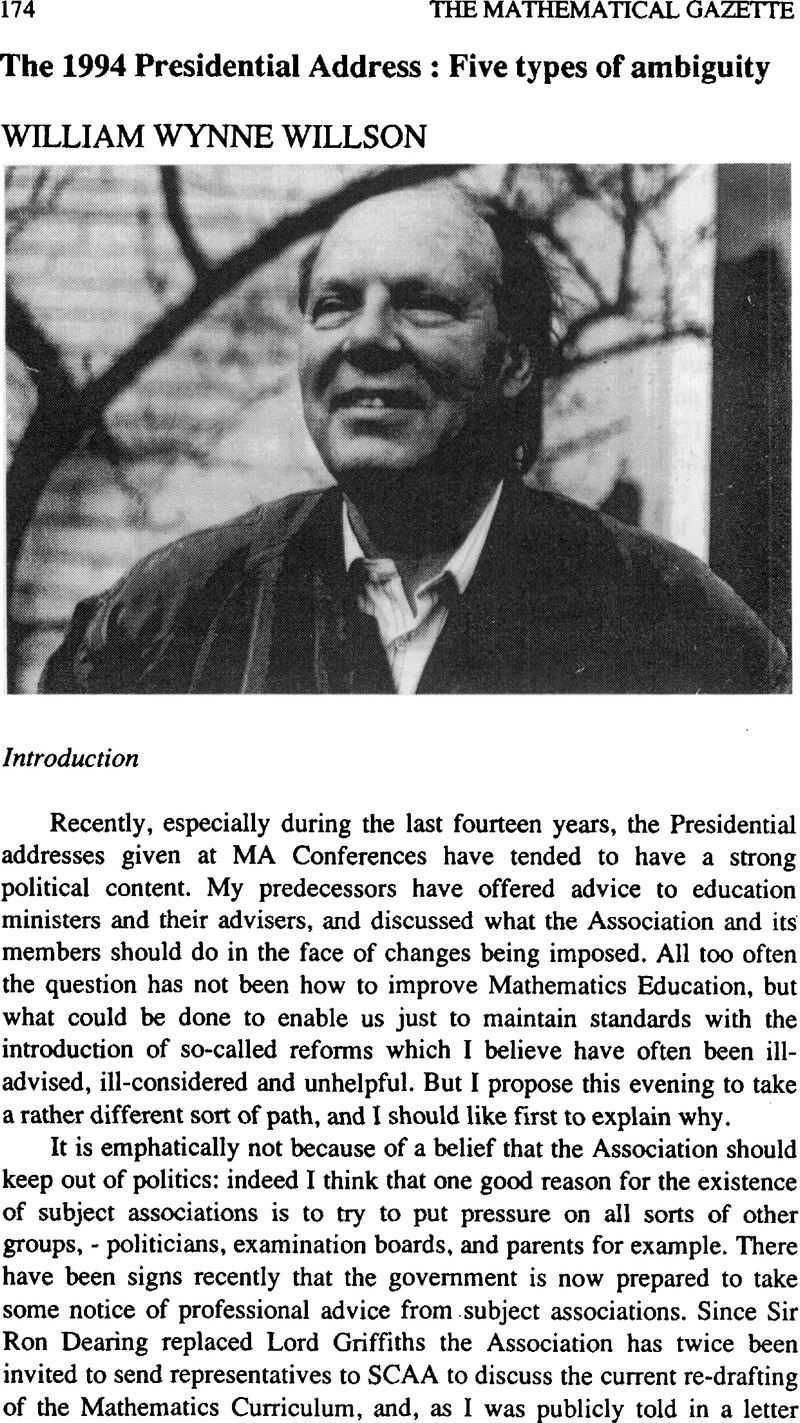No CrossRef data available.
Article contents
The 1994 Presidential Address : Five types of ambiguity
Published online by Cambridge University Press: 01 August 2016
Abstract
An abstract is not available for this content so a preview has been provided. Please use the Get access link above for information on how to access this content.

- Type
- Other
- Information
- Copyright
- Copyright © The Mathematical Association 1994
References
4.
Wynne Willson, W. “Understanding and manipulative skill”. Mathematical Education for Teaching Vol 3 No 3 (August 1978).Google Scholar
9.
Fletcher, T.J., “Talking of Directed Numbers”. Mathematical Education for Teaching Vol 2 No 3 (June 1976).Google Scholar




